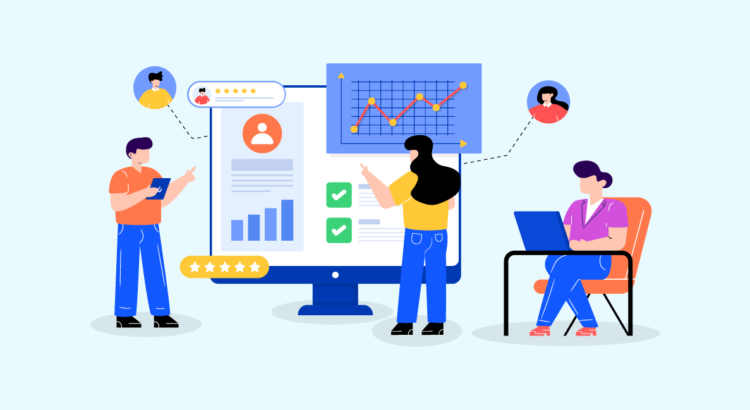One of the biggest worries to hear from merchants is limited time. If you are worried that you won’t have much time to accomplish an effectual loyalty program, following are some tips to balance the minutes you spend with getting the best out of a loyalty program.
1. Set-up automated emails – One of the greatest things a loyalty program does, is to assist you be linked to your customers amid purchases. Though, unlike many marketing campaigns, loyalty emails can perhaps look after themselves. Emails such as welcome sequences, reward available reminders and points balance updates normally have far higher open & click through rates rather than other marketing emails, since they are more individual and personalized. They can even be fully automated so that you can fix them up, and then let them run in the background till you have little more time to tweak them.
2. Make clienteles part of your marketing crew – If you make your customers a bigger part of your marketing, they might do some acquisition work for you. By encouraging customers to give reviews and refer family and friends, you can push more authorized traffic to your website that is more possibly to convert. Referred clients normally have a higher lifetime value also.
3. Use the loyalty program to power your current marketing – One great way to manage your loyalty program is to work it in your other marketing plans. Rather than an individual activity, it could be used to add weight and power to things you are already investing time & effort into.
4. Classify the metrics that matter – Choose the metrics that are most important to your loyalty tactic today. Early on, that could be the no. of members you have, as well as how their standard order value compares to the non-members. This will aid you to understand if your plan is rising, as well as if adding intrinsic value. While you develop the program, you can adapt this to how many endangered clients you have, & how consumer lifetime value is growing. By concentrating on one or two system of measurement before trying to report on each and everything, you would be able to check the victory of your program rapidly and easily. You will even find it simpler to know when variations need to be executed.





